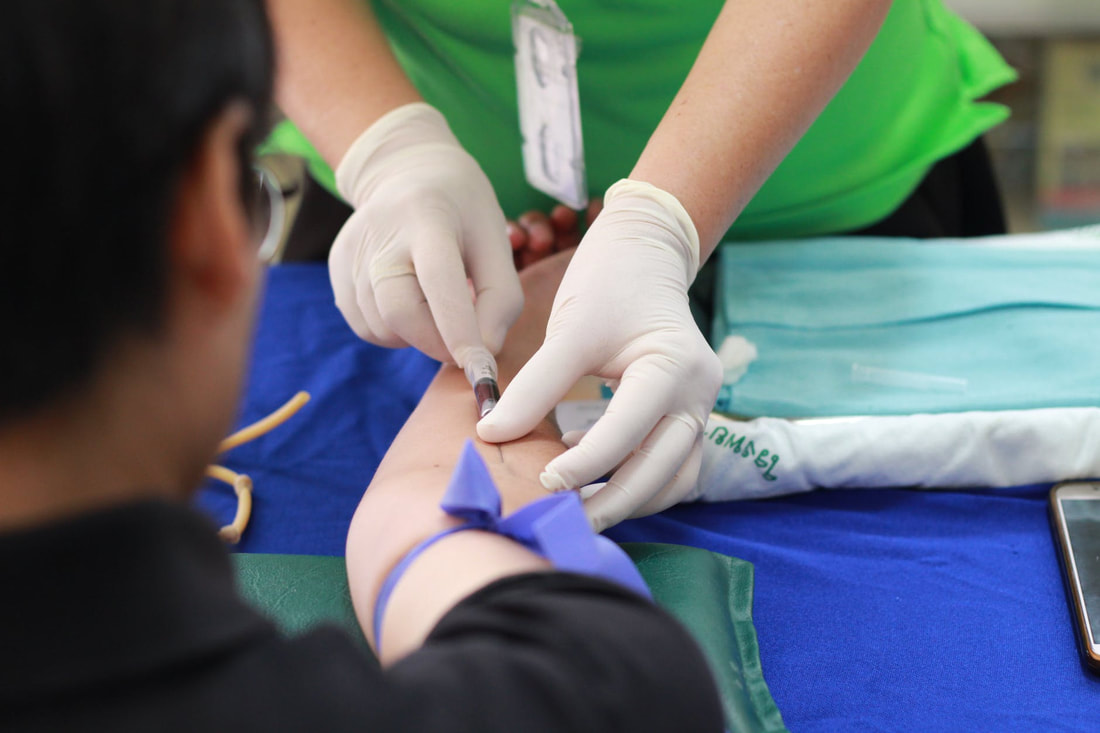Larry Law
The poliovirus was a common but usually mild virus transmitted through the intestines (fecal-oral route). Science calls these enteroviruses and have identified 71 of these. For 99 percent of the people infected with the poliovirus, symptoms can range from being entirely unnoticed to a slight rash to cold-like symptoms. But for a small number (around 1 %), the virus somehow migrates into the nervous system where it can transform into the more dangerous poliomyelitis. In the late 1940s and early 1950s, something caused the polio virus to provoke a devastating epidemic of poliomyelitis starting in the warm-weather, agricultural areas of the U.S. Scientists now believe it was related to the use of the insecticide DDT (dichlorodiphenyltrichloroethane). J. B. Handley in his book, How to End the Autism Epidemic, records that Dr. Morton S. Biskind in a November 1953 article published in the American Journal of Digestive Diseases "minced absolutely no words in making it clear what was causing mild poliovirus to morph into paralytic poliomyelitis: DDT. The insecticide, utilized for the first time in 1945, had become ubiquitous in the United States, even though the public health service warned in 1951 how risky its use was: "DDT is a delayed-action poison. Due to the fact that it accumulates in the body tissues, especially in females, the repeated inhalation or ingestion of DDT constitutes a distinct health hazard"..."Dr. Biskind explained in his article that the biological science published in 1944 and 1947 showed that DDT did the very thing that made the nervous system susceptible to poliovirus's becoming poliomyelitis: It produced "degeneration of the anterior horn cells of the spinal cord in animals." These cells at the top of the spinal column are the key entry point to the spinal column, where the poliovirus then creates inflammation of the myelin sheath, creating, you got it, poliomyelitis." In India, even though children are vaccinated 15 or more times before turning five years old, polio still stubbornly persists. By the way, they still use DDT in India. In the U.S., the EPA banned DDT in 1972. There has not been a single case of polio in the U.S. since 1979. Thus, it appears that the elimination of DDT may have had more to do with the reduction of polio cases than the vaccine did.
In addition to DDT as a facilitator of poliomyelitis, a 1998 study entitled, "Mechanism of Injury-Provoked Poliomyelitis," raises a disturbing question that repeated vaccinations for polio may be another thing causing polio (provocation poliomyelitis - PPM). "What if the very act of repeated vaccination was the thing leading to poliomyelitis in the developing world? "Skeletal muscle injury is known to predispose its sufferers to neurological complications of concurrent poliovirus infections. This phenomenon, labeled 'provocation polymyelitis' continues to cause numerous cases of childhood paralysis due to the administration of unnecessary injections to children in areas where poliovirus is endemic." During the 1950s, researchers also discovered that the explosion in the number of tonsillectomies performed on children caused those children to be three times more likely to develop polio. Maybe significant tissue injury, creates an entry point for the virus. Clearly, there is more to the polio story than just the polio vaccine. For more information on vaccinations, see my book, There's An Elephant in the Room - Exposing Hidden Truths in the Science of Health.
0 Comments
Leave a Reply. |
BlogArchives
July 2024
Categories
All
|
© Angie's Option GRM. All rights reserved.







 RSS Feed
RSS Feed

